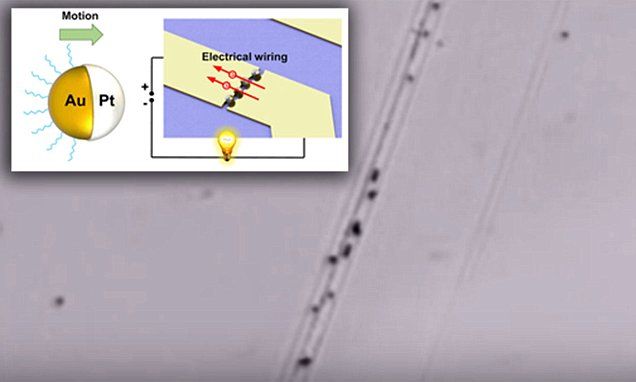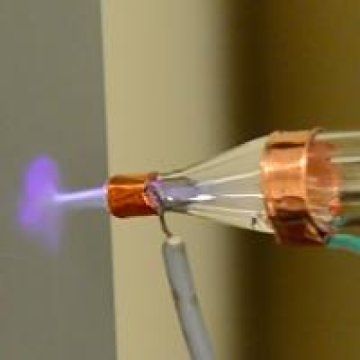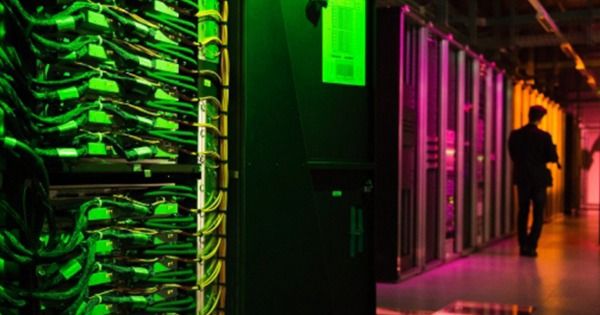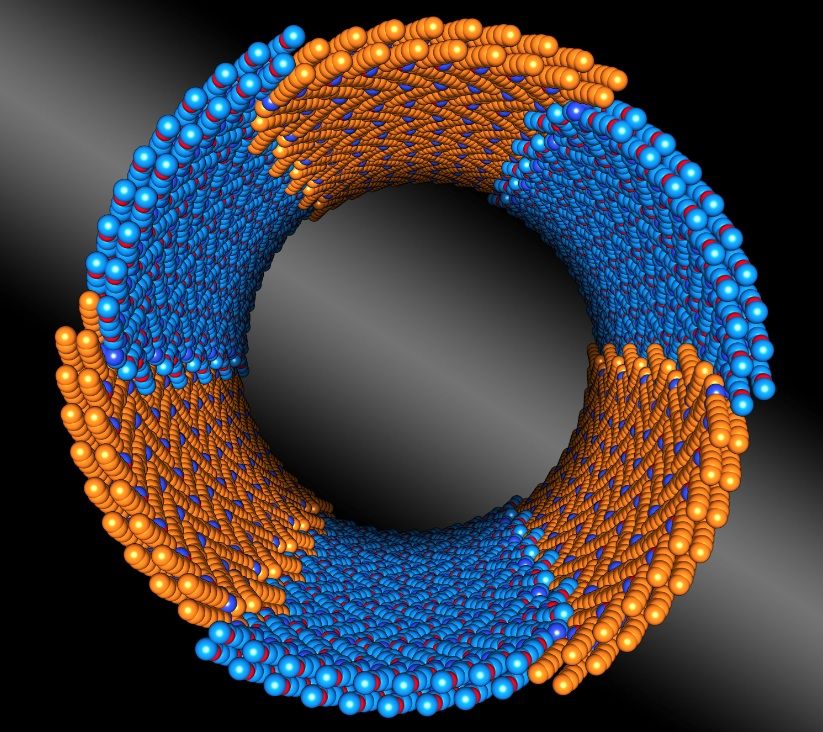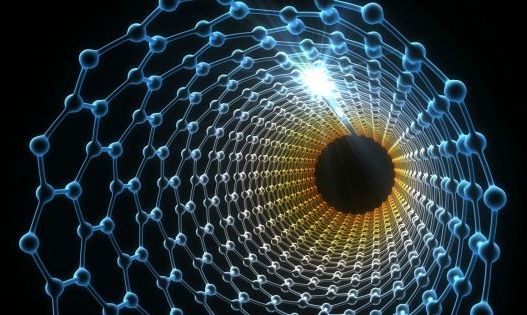Archive for the ‘nanotechnology’ category: Page 264
Mar 29, 2016
New plasma printing technique can deposit nanomaterials on flexible, 3D substrates
Posted by Karen Hurst in categories: computing, electronics, nanotechnology, wearables
A new nanomaterial printing method could make it both easier and cheaper to create devices such as wearable chemical and biological sensors, data storage and integrated circuits — even on flexible surfaces such as paper or cloth. The secret? Plamsa.
Mar 29, 2016
Researchers Found a Way to Shrink a Supercomputer to the Size of a Laptop
Posted by Shailesh Prasad in categories: energy, nanotechnology, supercomputing
Scientists at the University of Lund in Sweden have found a way to use “biological motors” for parallel computing. The findings could mean vastly more powerful and energy efficient computers in a decade’s time.
Nanotechnologists at Lund University in Sweden have discovered a way to miniaturize the processing power that is found today only in the largest and most unwieldy of supercomputers. Their findings, which were published in the Proceedings of the National Academy of Sciences, point the way to a future when our laptops and other personal, handheld computing devices pack the computational heft of a Cray Titan or IBM Blue Gene/Q.
But the solution may be a little surprising.
Continue reading “Researchers Found a Way to Shrink a Supercomputer to the Size of a Laptop” »
Mar 29, 2016
Magic Microbes: The Navy’s Next Defense?
Posted by Klaus Baldauf in categories: bioengineering, biotech/medical, computing, materials, nanotechnology, neuroscience, robotics/AI
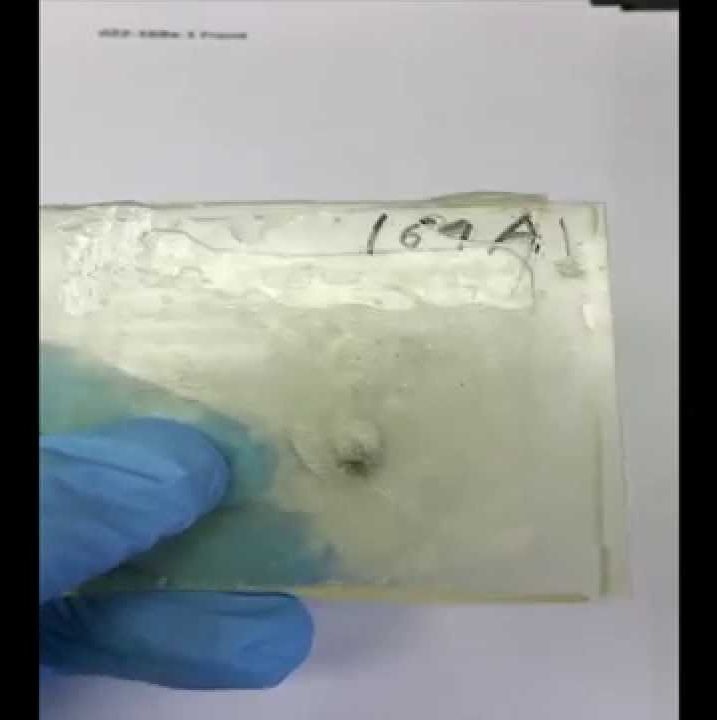
Synthetic biology involves creating or re-engineering microbes or other organisms to perform specific tasks, like fighting obesity, monitoring chemical threats or creating biofuels. Essentially, biologists program single-celled organisms like bacteria and yeast much the same way one would program and control a robot.
But 10 years ago, it was extremely challenging to take a DNA sequence designed on a computer and turn it into a polymer that could implement its task in a specific host, say a mouse or human cell. Now, thanks to a multitude of innovations across computing, engineering, biology and other fields, researchers can type out any DNA sequence they want, email it to a synthesis company, and receive their completed DNA construct in a week. You can build entire chromosomes and entire genomes of bacteria in this way.
Continue reading “Magic Microbes: The Navy’s Next Defense?” »
Mar 28, 2016
Nature-Inspired Nanotubes That Assemble Themselves, With Precision
Posted by Shailesh Prasad in category: nanotechnology
Scientists discover a family of nature-inspired polymers that, when placed in water, spontaneously assemble into nanotubes.
Mar 28, 2016
Silicon ‘nano-balls’ have wiped out metastatic breast cancer in mice
Posted by Klaus Baldauf in categories: biotech/medical, health, nanotechnology
Despite all our advances in cancer research, our best strategy of fighting the disease is still brute force, with only a fraction of the drugs administered actually reaching the tumour cells, and most being absorbed into healthy tissue. When cancer spreads, the likelihood of medication reaching it gets even lower, which is why secondary, or metastatic, tumours can be so deadly.
But now, researchers have used cancer’s own tricks against it, by developing dissolvable nanoparticles that target the heart of metastatic tumours directly. And they’ve already seen unprecedented success in mouse studies, with 40–50 percent of the animals being “functionally cured”, and tumour-free after eight months — the equivalent of about 24 years for a human patient. The team is so excited by these results, they hope to fast-track the research and begin human trails in 2017.
“I would never want to overpromise to the thousands of cancer patients looking for a cure, but the data is astounding,” said one of the researchers, Mauro Ferrari, from the Houston Methodist Research Institute. “We’re talking about changing the landscape of curing metastatic disease, so it’s no longer a death sentence.”
Continue reading “Silicon ‘nano-balls’ have wiped out metastatic breast cancer in mice” »
Mar 25, 2016
Thanks to NASA, We Can Now Use Plasma to Print Nanoelectronics
Posted by Klaus Baldauf in category: nanotechnology
A team of researchers has developed a plasma-based, nozzle technique for printing nanomaterials. It’s cheaper and easier than previous methods, and means that soft, delicate substrates can now be nano-printed.
A new printing technique, developed by research teams from the NASA Ames Research Center and the SLAC National Accelerator Laboratory, makes it possible to print miniature devices and nanoelectronics onto objects normally too delicate to survive the printing process.
Mar 24, 2016
DNA Devices Perform Bio-Analytical Chemistry Inside Live Cells
Posted by Karen Hurst in categories: biotech/medical, chemistry, electronics, nanotechnology
Last summer, the team reported another achievement: the development of a DNA nanosensor that can measure the physiological concentration of chloride with a high degree of accuracy.
“Yamuna Krishnan is one of the leading practitioners of biologically oriented DNA nanotechnology,” said Nadrian Seeman, the father of the field and the Margaret and Herman Sokol Professor of Chemistry at New York University. “These types of intracellular sensors are unique to my knowledge, and represent a major advance for the field of DNA nanotechnology.”
Chloride sensor
Continue reading “DNA Devices Perform Bio-Analytical Chemistry Inside Live Cells” »
Mar 21, 2016
Treating disease at stage zero
Posted by Klaus Baldauf in categories: bioengineering, biotech/medical, health, information science, nanotechnology
It sounds really obvious, but hospitals aren’t for healthy people. The world’s entire health system is really there to react once people get ill. If doctors are able to catch an illness at stage one that’s great, but if it reaches stage three or four there’s often not that much that can be done. So what if we could treat patients at stage zero and predict the likelihood of contracting diseases? We could then get treatment to people who need it much earlier and take preventative steps to avoid illness altogether.
Currently, when we think of monitoring in healthcare we’re usually referring to monitoring patients’ reactions to drugs or treatments, but this is changing. No amateur runner’s uniform is complete these days without a Fitbit or some kind of analytics tool to monitor progress, so the idea of monitoring the healthy is becoming ingrained in the public’s consciousness. But Fitbits only scrape the surface of what we can do. What if the data from fitness trackers could be combined with medical records, census data and the details of supermarket loyalty cards to predict the likelihood of contracting a particular disease?
With big data we can move from reacting to predicting, but how do we move beyond just making predictions; how do we prevent disease from occurring altogether? Up until now all of our monitoring technology has been located outside of the body, but nano-sized entities made of DNA could one day patrol the body, only acting when they come into contact with specific cells – cancer cells, for example. The technology that would turn tiny machines – roughly the size of a virus – into molecular delivery trucks that transport medication is already being worked on by bioengineers. If this kind of technology can be used to treat cancer, without needing to release toxic agents into the body, can the same technology be inserted into a healthy person and lie in wait for the opportunity to fight disease on its host’s behalf?
Mar 17, 2016
Remarkable nanowires could let computers of the future grow their own chips
Posted by Karen Hurst in categories: computing, engineering, materials, mobile phones, nanotechnology, particle physics, robotics/AI
Now, we’re hitting Terminator mode with this.
If you’re worried that artificial intelligence will take over the world now that computers are powerful enough to outsmart humans at incredibly complex games, then you’re not going to like the idea that someday computers will be able to simply build their own chips without any help from humans. That’s not the case just yet, but researchers did come up with a way to grow metal wires at a molecular level.
At the same time, this is a remarkable innovation that paves the way for a future where computers are able to create high-end chip solutions just as a plant would grow leaves, rather than having humans develop computer chips using complicated nanoengineering techniques.
Continue reading “Remarkable nanowires could let computers of the future grow their own chips” »
